Announcer:
The following program is a PBS Wisconsin original production.
Frederica Freyberg:
Is online sports betting coming to Wisconsin and do fans want it? Plus, a look at prospects for deer hunters with the start of the season.
I’m Frederica Freyberg. Tonight on “Here & Now,” we hear about how state lawmakers propose, then quickly pulled back on legislation to legalize online sports betting in Wisconsin. Then what’s the real cost of marketplace plans? A Wisconsin pollster explores voter temperament ahead of next year’s midterm elections, and the annual deer hunting season kicks off this weekend. We check in on what’s in store. It’s “Here & Now” for November 21.
Announcer:
Funding for “Here & Now” is provided by the Focus Fund for Journalism and Friends of PBS Wisconsin.
Frederica Freyberg:
At the state Capitol, a bipartisan legislative bill to allow online sports betting in Wisconsin that was on the fast track for a vote was pulled from this week’s calendar. Its future is uncertain, but the legislation would have allowed the online betting if it originated from servers in tribal casinos in the state because under the Wisconsin Constitution, most gambling is only legal on tribal property. The idea was for the state to regulate and cash in on the revenue generated from the explosion of online sports betting, as other states have done. Researcher at the Wisconsin Policy Forum, Mark Sommerhauser, did a deep dive into online sports betting, and he joins us now. And thanks very much for being here.
Mark Sommerhauser:
It’s good to be with you.
Frederica Freyberg:
So how surprised were you that this otherwise fast-tracked bill just got pulled?
Mark Sommerhauser:
Yeah. So it was an interesting development. It was also interesting to see how the legislation had been fast-tracked fairly quickly in the weeks leading up to this last week. And so, you know, perhaps, you know, the speed with which the bill had come forward, there may have been a desire among some lawmakers and some stakeholders to kind of take a step back and, you know, consider some of these issues more fully.
Frederica Freyberg:
So what kind of revenue could the state realize if it legalized and regulated online sports betting?
Mark Sommerhauser:
So that’s a great question. I have actually not seen any projections as of yet, probably in part because the legislation would just be the first in sort of a two-step process here in Wisconsin. So even if this — even if this legislation were to pass, be signed into law by the governor, there would still be an additional step where the state would need to renegotiate its compacts with the tribal nations here in Wisconsin. So that would kind of actually be the final threshold to cross before you could have legal online sports betting. What we know from our research is that we have looked at some other states that have legalized online sports betting. As you alluded, there’s been dozens and dozens of states that have done that just in the last few years. And they have, in some cases, seen quite large, you know, infusions of revenue. Of course, a lot of it depends on how the extent to which it’s taxed. And we see from state to state, there are huge variations in that, you know, from 5% to 50% taxes. So the rate differs hugely. In states that have a high tax rate and in larger states, it can be on the order of hundreds of millions of dollars in tax revenue a year. Again, that’s on the very high end, and that’s with a very high tax rate. So that’s not necessarily something that could be extrapolated to Wisconsin, but it does give you a sense of what some states can.
Frederica Freyberg:
As we described, right now, people in Wisconsin can only place bets online legally while physically on site at a tribal casino. How unusual is this across the country, that kind of restriction?
Mark Sommerhauser:
It’s fairly unusual. I think there’s only one or two other states presently that have a set up quite like that, in part because so many states have — that have some form of legal gambling have taken the step already of legalizing the online sports betting. And so Wisconsin is fairly unusual in that we permit it legally, but only in this in-person setting right now at the tribal casinos.
Frederica Freyberg:
So stepping back to your larger research, describe kind of the explosion of online betting that we’ve seen.
Mark Sommerhauser:
Yeah. So the really big trigger point for that was the U.S. Supreme Court ruling in 2018. And what that did is it essentially paved the way for states to — it struck down a law that previously had barred most states outside of Nevada from legalizing sports gambling. And what we saw was a very, you know, swift reaction to that Supreme Court ruling. And we are now, at last count, I believe, at 39 states that have some form of legalized sports betting. Nearly all of them permit online sports betting. And so that has brought about a really rapid shift in this whole landscape just since 2018.
Frederica Freyberg:
And what are the numbers look like, you know, from maybe five years ago or ten years ago or something to today in terms of the amount of money being spent on these bets?
Mark Sommerhauser:
Right. So yeah, we’ve seen hundreds of millions of dollars in revenue increases in terms of the total amount being gambled. And, you know, again, you know, prior to the Supreme Court ruling, Nevada was really the only state at a statewide level that was permitting this. Now we’re up to almost 40 states that are permitting it. And there are more, as in here in Wisconsin, that are considering it. So it’s pretty staggering the scale of how quickly that’s happening.
Frederica Freyberg:
So people, I understand, are betting not just kind of on the outcome of the games, but on like individual plays within the games. And so it’s super popular and there’s always something to kind of bet on. But what are the downsides to this according to your research?
Mark Sommerhauser:
Yeah. So it’s interesting because outside of, again, Nevada, it’s only recently that, you know, we’ve had legal sports betting. And so it’s only in these 49 other states, only fairly recent development, that researchers have been able to study at a large scale. So we’re actually seeing a lot of really interesting research coming in just over the past couple of years where they started studying this maybe three or four or five years ago and are just starting to get to the point where they can draw some conclusions. And those conclusions are mixed, but I would say definitely contain, you know, some areas of concern. We have seen higher rates of bankruptcy, of delinquency in car loans and other forms of loans and debt, and in states that have legalized sports betting relative to states that have not. And interestingly, at least one paper that we read that I think came out last year was even able to take that a step further and find a higher rates of some of these financial sort of stressors within households, within states that have legalized specifically online sports betting. So that’s just one study again. But there’s more of this research coming in kind of by the month here. And it does raise some areas of concern in terms of the impact to households and household finances, that sort of large-scale legal sports betting can potentially be associated with.
Frederica Freyberg:
And not even speaking of kind of the gambling addiction that it could potentially trigger in some. Do you expect this move to legalize it in Wisconsin will die or be revived somehow, possibly through the courts?
Mark Sommerhauser:
I would expect that the discussion is far from finished. I would expect that there’s going to be a lot more discussion, both among the stakeholders, the tribes, and some of the other stakeholders, because everybody kind of sees where the national landscape is going. But, you know, I would not dare to make a prediction as to how it’s going to turn out. But what we see is that our neighboring states have legalized this in some form, so many other states across the country. And so I think it’s just going to continue to be a really hot topic going forward.
Frederica Freyberg:
All right, Mark Sommerhauser, thanks very much.
Mark Sommerhauser:
Thank you.
Frederica Freyberg:
The whole government shutdown was over extending enhanced tax credits for Affordable Care Act policies, with Democrats warning of big increases in people’s monthly premiums come January if they’re not kept in place. Aside from those extra subsidies going away, why are marketplace plans proving more expensive and what of Republican calls to do away with the ACA altogether in response? We ask Wisconsin School of Business professor of risk and insurance Justin Sydnor. And thanks very much for being here.
Justin Sydnor:
Thanks for having me.
Frederica Freyberg:
So is it in dispute that ACA premiums could more than double without the extension of the enhanced tax credits?
Justin Sydnor:
No, there’s really no uncertainty about that. You know, it’s basically pretty straightforward, simple math. The way the tax credits work is that they’re tied to a share of the percent of your income. And the enhanced tax credits increased or decreased the share you would have to pay and increase the income range for people who are eligible. So they’ll definitely go up. The share that you’re responsible for paying goes up if those subsidies expire. How much depends a lot on your income level. And in particular, we could maybe think about a nice example here. So take a 50-year-old couple, so married couple in Wisconsin, 50 years old, no children. They’re facing a total premium of about $18,000 for a middle plan this year in the ACA marketplace in Wisconsin. If they had the enhanced tax credits and they made $85,000 or more a year, that’s 400% of the federal poverty line. They’d get about $11,000 subsidy, and they’d have to pay about $7,000 themselves. So if those subsidies expire, they’re on the hook for that whole $18,000. So that’s an $11,000 increase. Now for people who have lower incomes, the subsidies protect them more, even if the enhanced subsidies expire. So let’s take that same family and move them way down the income spectrum. Make them at $25,000. Now they’re just above the poverty line. In the enhanced subsidies, they don’t pay anything for that middle tier plan. They’re paying zero. But without them, they’re paying about $500 a year. So about a $500 increase. So that range, you know, in the ballpark — some it’s $500 a year, some people it’s $10,000 or more a year.
Frederica Freyberg:
You know, there’s so much political consternation around not just the tax credits but the ACA altogether. Is the Affordable Care Act in a freefall?
Justin Sydnor:
No, I don’t think there’s any reason to think of it as being in a freefall. It’s actually been quite stable. So if you look at the cost of plans for ACA marketplace plans, both in Wisconsin but also nationally over the last five years or so, those premiums have actually been very stable. And in fact, they haven’t risen in the same way that the employer-sponsored premiums that we’ve seen for, you know, that most people get through their employers have. Those premiums have been up about 25% over the last five years. ACA premiums are pretty stable.
Frederica Freyberg:
What’s driving that 25% increase?
Justin Sydnor:
Yeah, so overall in the U.S., our healthcare costs are just high. So we pay about $15,000 a person per year in health care costs across the entire country. You know, and those costs reflect a lot of things. They reflect our market-based system. So our costs are about twice what they are in, say, Europe or Canada. And, you know, that’s partly a tradeoff. We have a market-based system. So we have a lot of innovation. We have good access. We have the best technology. So if you get very sick, you probably want to be here. On the other hand, it means that our prices are set by competitive forces and the market doesn’t always hold down prices that well through those competitive forces. So if you think about why are they increasing, why this steady rise over time? You know, there’s a confluence of factors. So we have an aging population. So we have sort of more demand for health care and the expansion of health care services. How many nurses you can bring on? How many doctors you train? Hospital systems don’t always keep up with that rising demand. Well, we’ve also seen a big explosion of newer pharmaceutical drugs. You know, innovations in genetics have allowed us to treat rare diseases. Those tend to be very costly. Now, of course, they’re also highly beneficial. If you have a rare disease, you’re really happy that there’s a new drug for it. But that’s been a big part of the cost. And then there’s also just overall inflation. So there’s been inflation in all parts of the economy and that also hits the health care prices.
Frederica Freyberg:
So I wanted to ask you, I know that President Trump and members of the GOP talk about giving people direct payments like $2,000 or something to pay for their health care and a health savings account or something like that. What do you think of that?
Justin Sydnor:
Well. So, you know, it’s hard to react too much. So, you know, the details and specifics really matter in health care. And so far, the proposals haven’t been very detailed. But if you instead gave people direct money that could be spent on anything – health care premiums or out-of-pocket cost – you expose them to some more risk. If those subsidies don’t keep up with the rising costs of health care, well, they’re going to see that. On the other hand, you create more competitive pressure and forces, so there’s some good economic tradeoffs there that are worth exploring.
Frederica Freyberg:
Professor Justin Sydnor, thanks very much.
Justin Sydnor:
Great. Thank you.
Frederica Freyberg:
What kind of bellwether were elections earlier this month in other states that saw Republican candidates on the losing end? And how do recent partisan fights over affordability of everything from health care to groceries play into outcomes in midterm elections next year? We turn to Marquette University Law School poll director Charles Franklin, out this week with his latest national poll. And Charles, nice to see you.
Charles Franklin:
Good to be here.
Frederica Freyberg:
So in terms of that first question, what do you think of whether November 4 outcomes in other states are more than just kind of a cyclical swing?
Charles Franklin:
I think they show us where the country is right now, or at least where those states were. It’s true that it’s not a surprise that Democrats won those two states for the governorship. But remember, Virginia elected a Republican governor four years ago and is now elected a Democrat by a large margin. Maybe more important for here in Wisconsin, Democrats picked up 13 seats in the Virginia House of Delegates, going from 51 seats to 64 seats. That was a remarkable shift. And the problems we saw there on inflation, on the economy are the same things we’re seeing in national polling.
Frederica Freyberg:
So going into your national polling, in 2026 congressional elections, you found that among likely voters, 53% of respondents would vote for Democrats, with 44% voting for Republicans. Does that result surprise you?
Charles Franklin:
It’s a large result. That’s a nine-point gap. That’s very substantial. Interestingly, with registered voters, it’s a five-point gap, a little bit smaller. The difference between those is Democrats now are more likely to say they’re certain they’re going to vote in the fall. Now that’s seven points more likely in this national poll. So you’ve got both the preference for Democrats and the motivation to turn out. And those two things, together with the likely vote numbers, drives up that Democratic margin quite a bit.
Frederica Freyberg:
So one result that was the reason for the government shutdown, in this poll, you found 70% of respondents favor extending the ACA tax credits. How big of a driver do you think that issue will be in the midterms?
Charles Franklin:
I think it could grow. I think the fact that people have just begun to see what they’re insurance costs will be under the ACA for next year, if they’re buying insurance on the marketplace. Also, for the folks that are affected by those tax credits going away, some of their increases are quite large. We shouldn’t exaggerate how many people are affected, but it’s a significant number that are. Republicans are really going to have to deal with this in the Congress, with or without Democratic agreement. But what are they doing for their party? And does this issue build over the fall into the election, or does it kind of Peter out? We don’t know that yet.
Frederica Freyberg:
As to Trump’s approval rating in your poll, in this national poll, he sits at 14 points underwater with 43% approving of his job performance and 57% disapproving. But the wow number really here is that he’s 50 points underwater with independents with 25% approval and 75% disapproval. What do you make of that?
Charles Franklin:
Well, that’s a huge, huge problem politically and it’s politically a problem for the president, but also for Republicans going into the midterms because you can’t just win on your own party base. You need to pick up at least a good share of those 14% or 15% of independents in the country. And these are historically pretty abysmal numbers for any president with independents at this point. Maybe it’ll turn around. He’s still strong with Republicans, 85% approval with them and 5% with Democrats. But independents are an important swing vote. And I think every member of Congress or legislator that sits in a district that’s a close competitive district, especially, has to know that the independent vote in those districts could shift their margin three or four points one way or the other. That could be the difference between winning and losing.
Frederica Freyberg:
So as to that, transposing these national poll results to Wisconsin elections, what kind of warning signs do you see for Republicans in upcoming races for Congress, governor and even the legislature?
Charles Franklin:
Yeah, I think that what we saw in Virginia to come back to a real election, not just a poll, is that we saw Republican incumbents lose seats in Virginia that Trump had won by six points last time. So our competitive states here, sorry, districts, legislative districts here, are within that kind of margin. Now I’m not for a minute saying that we will see the same swing here that we saw in Virginia. But Virginia is certainly a test case to show that that four, five, six-point swing, even in an incumbent district held by a Republican is at risk this year.
Frederica Freyberg:
All right. Charles Franklin, we’ll leave it there. Thank you very much.
Charles Franklin:
Thank you.
Frederica Freyberg:
The annual gun deer hunting season in Wisconsin begins tomorrow. The long tradition of a regulated hunt in the state dates back to 1851. The modern season brings with it new challenges and opportunities for the thousands of hunters descending into the outdoors with high hopes for the harvest. Jeff Pritzl is longtime deer program specialist with the Wisconsin Department of Natural Resources, and he joins us now. And Jeff, thanks a lot for being here.
Jeff Pritzl:
Happy to be here. It’s the day of anticipation.
Frederica Freyberg:
Correct. So with the gun deer season starting tomorrow, how many licenses have been sold as a measure of interest this year and how does that compare historically?
Jeff Pritzl:
Yeah, well, we’re right on about the same pace as we’ve been the past couple of years. Within a half a percent, so we’ll be somewhere just shy of 600,000 deer hunters out on Saturday morning. Historically, Wisconsin peaked at 700,000 at the turn of the century 25 years ago. So we’ve seen a decline that’s really driven just by the demographics of our hunting population. But it’s kind of stabilized the last couple of years, which is a good thing.
Frederica Freyberg:
Yeah, those numbers don’t sound bad. The estimate is that there are 2 million deer walking around out there. What do conditions this year look like for hunters to be able to harvest them?
Jeff Pritzl:
Well, the things that are in hunters’ favor this year are we’re going to have relatively cool and calm conditions. We love to [have snow]. We know we’re not going to have that, at least at the beginning of the season. Agricultural harvest, especially corn harvest, is at or ahead of schedule. And so that’s good in the farmland. And we’re coming off of two mild winters so that means the deer population in the northern forest is trending up a little bit. The things that are stacked against us are that it’s relatively late opener on the calendar. So the later we get into November with the opener, we do see a little reduction in daytime deer movement. And so that that could work against us this weekend. But that’s just part of the nature of hunting.
Frederica Freyberg:
What are the regions in Wisconsin that look more favorable for hunters?
Jeff Pritzl:
Well, I always think that’s in the eye of the beholder because not all hunters are looking for the same thing, for the best chance to see deer and harvest deer. You know, the counties in the state that perennially have the highest harvest densities are counties like Waupaca and Marquette, Green Lake, that east central part of the state. We saw 13 counties in mostly in east central Wisconsin have a record buck kill last year, and they’re probably going to be in that same area this year. But if hunters that are looking for a different kind of experience, maybe a little more solitude and a lot of country to explore, you know, the northern forest, you know, offers that in spades with big, big chunks of state and federal properties. That’s where I’ll be this weekend. Looking forward to that kind of an experience. I may not see as many deer, but that’s not everyone’s primary objective.
Frederica Freyberg:
So how do recent harvests of between 3 and 350,000 across all deer seasons compare?
Jeff Pritzl:
We’ve actually been in a pretty stable pattern really over the past decade in that, yeah, like you said, 300 – 350,000. And it kind of undulates up and down, driven mostly by antlerless deer harvest. The buck harvest has been pretty stable. And considering we’ve been seeing a slight decline in hunter numbers, that that stability of harvest means that that more hunters are being successful. But it’s certainly hunters that remember 20 years ago, where we were in kind of a bubble of really high deer numbers and high hunter numbers. Remember those harvests where we were getting between 400,000 deer and then that peak, we got as many as 600,000 deer, but that was driven by really high antlerless harvests, which we’re not seeing these days. And so it’s — we’ve had quite a bit of actual pretty stable conditions other than that minor fluctuations with weather and stuff in recent years.
Frederica Freyberg:
You speak about hunters considering being a hunter for the community, not just for themselves or individually. What do you mean by that?
Jeff Pritzl:
Back to what we were just talking about in that those hunters that find themselves fortunate in the positions where they have access to deer, the challenge that we have is once a Wisconsin deer hunter gets a deer, has it in the freezer, their incentive to take another deer goes way down. So even though we provide that opportunity, they’re not necessarily incentivized to harvest an adequate number of deer in the places where we really have the opportunity to do so. So those hunters hopefully would be able to say, I can take an extra deer and there’s instances that it can be put to use through our formal deer donation program. But there’s a lot of other side benefits to managing the deer population, both ecologically and within the tolerances of human social tolerances, relates to car accidents and crop damage and all those types of things. And so this, you know, hunters for eons, actually were a subset of the population that hunted for their community as a whole. We’ve kind of moved culturally towards a hunt being [unintelligible]. And it’s, I think, behooves us to recapture that notion that we’re hunters for the community so that the greater community sees us as an asset to them.
Frederica Freyberg:
What do you want hunters to be on the lookout for in terms of chronic wasting disease?
Jeff Pritzl:
Well, it’s important for us to keep a good tab on how that disease is evolving in the state, both in terms of its rate of [spread] on the landscape and the prevalence within the areas. We’re gathering really good information that not only helps us make better decisions in the future within Wisconsin, but other states are really learning from what we’re capturing here in Wisconsin because the disease is not going away. But we can — there are steps we can take to mitigate its spread and work within having it on the landscape. So really our focus is on that leading edge where the disease is spreading in the state, really kind of across the middle of the state. We encourage hunters statewide to, you know, get their deer sampled. And we’ve developed a good cohort of what I would call citizen science hunters that that do participate every year and contribute to that database better decision making.
Frederica Freyberg:
We’ll leave it there. Jeff Pritzl, thanks very much for joining us.
Jeff Pritzl:
You bet. Good luck to all the hunters.
Frederica Freyberg:
For more on this and other issues facing Wisconsin, visit our website at PBSWisconsin.org and then click on the news tab. That’s our program for tonight. I’m Frederica Freyberg. Have a good weekend.
Announcer:
Funding for “Here & Now” is provided by the Focus Fund for Journalism and Friends of PBS Wisconsin.
Search Episodes
News Stories from PBS Wisconsin

Donate to sign up. Activate and sign in to Passport. It's that easy to help PBS Wisconsin serve your community through media that educates, inspires, and entertains.
Make your membership gift today
Only for new users: Activate Passport using your code or email address
Already a member?
Look up my account
Need some help? Go to FAQ or visit PBS Passport Help
Need help accessing PBS Wisconsin anywhere?

Online Access | Platform & Device Access | Cable or Satellite Access | Over-The-Air Access
Visit Access Guide
Need help accessing PBS Wisconsin anywhere?

Visit Our
Live TV Access Guide
Online AccessPlatform & Device Access
Cable or Satellite Access
Over-The-Air Access
Visit Access Guide
 Passport
Passport
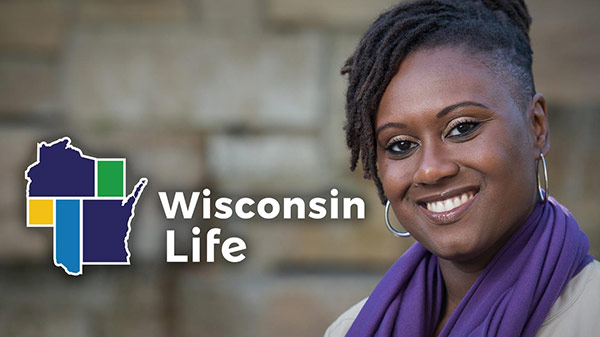
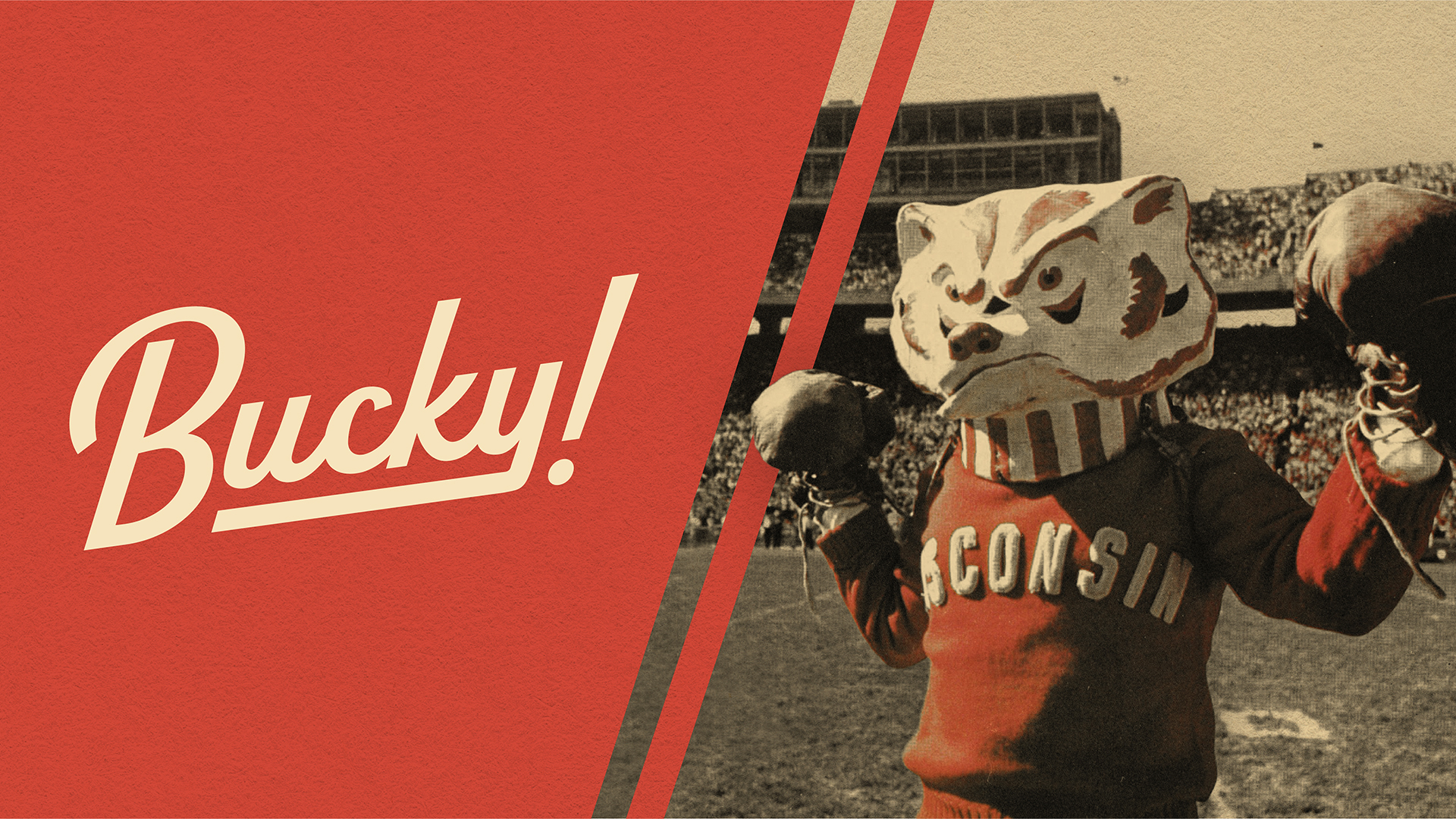
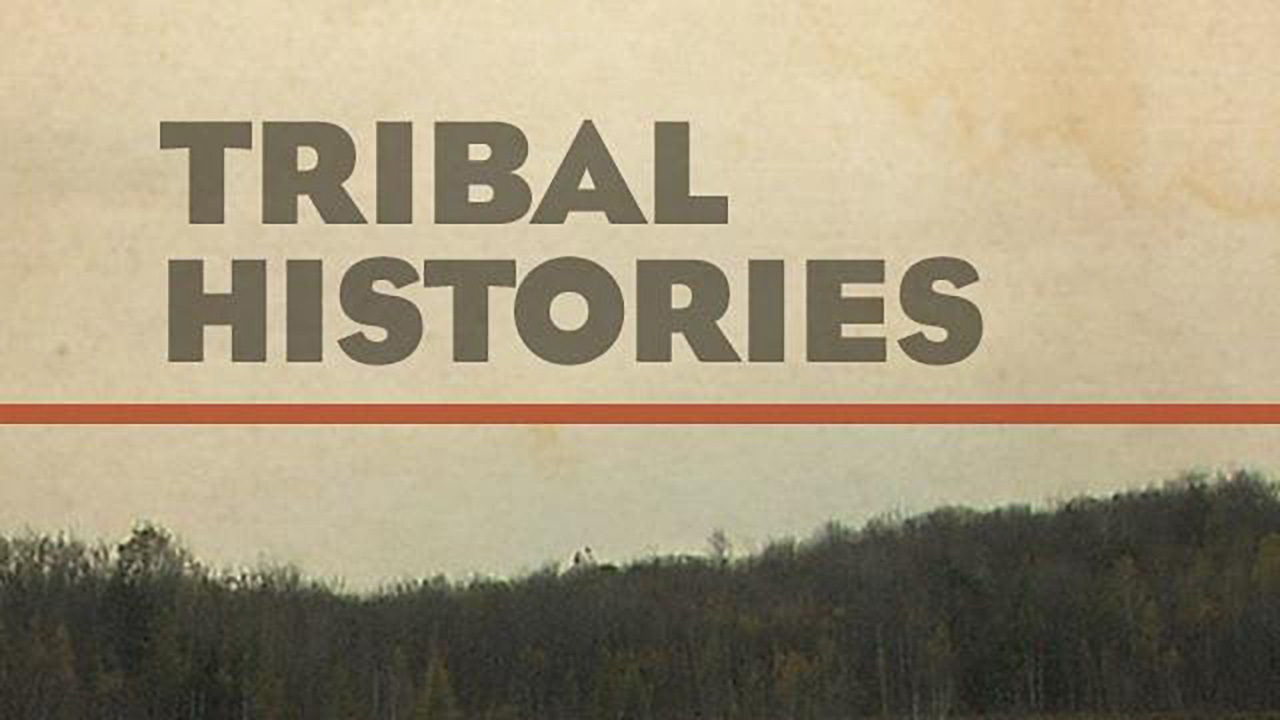
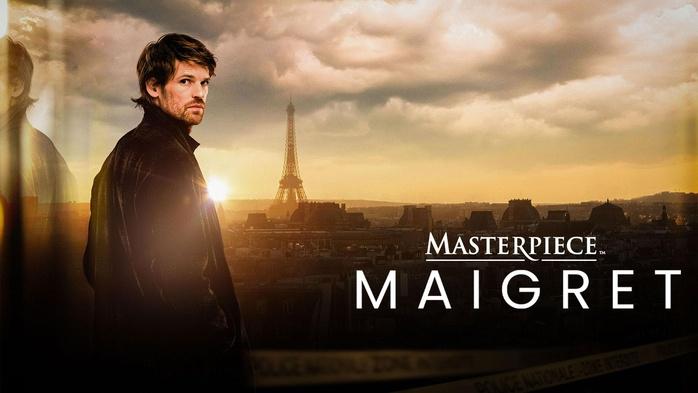

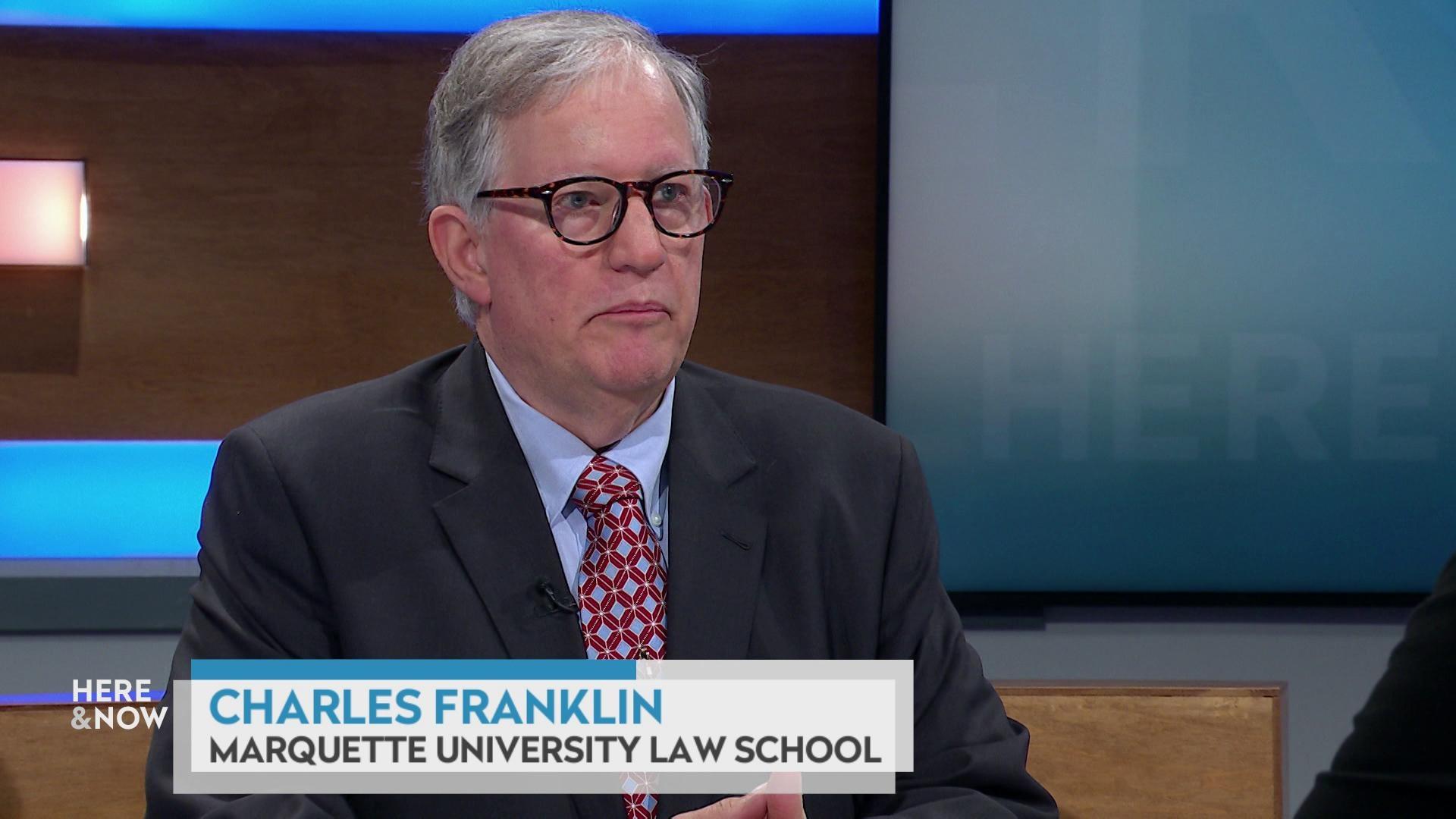
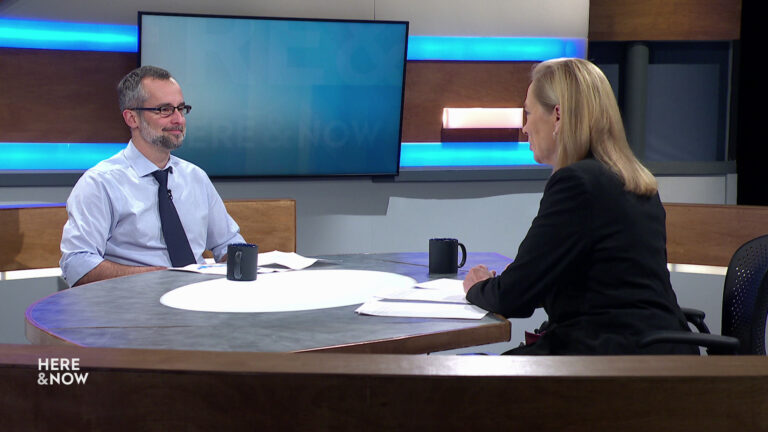



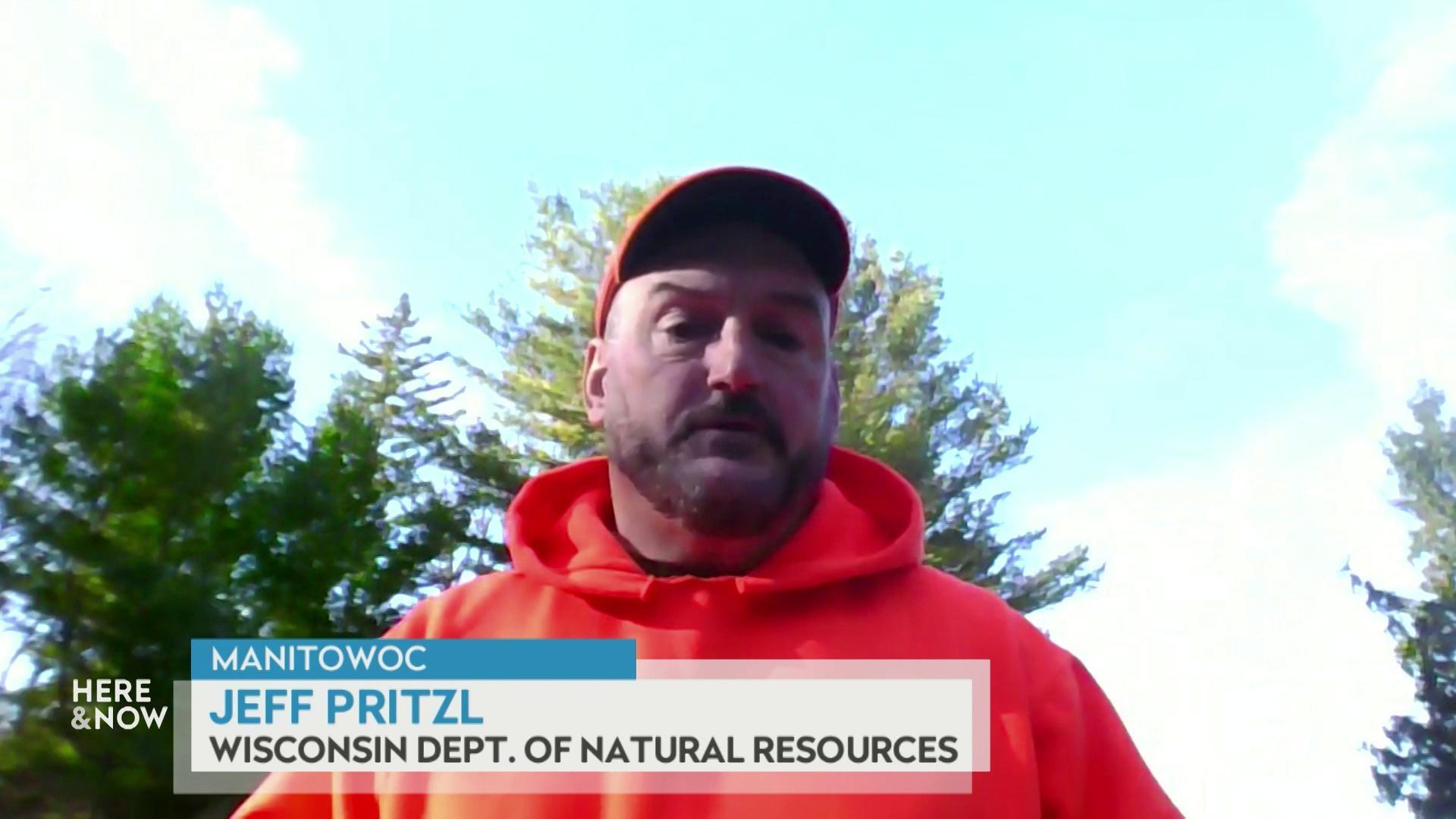
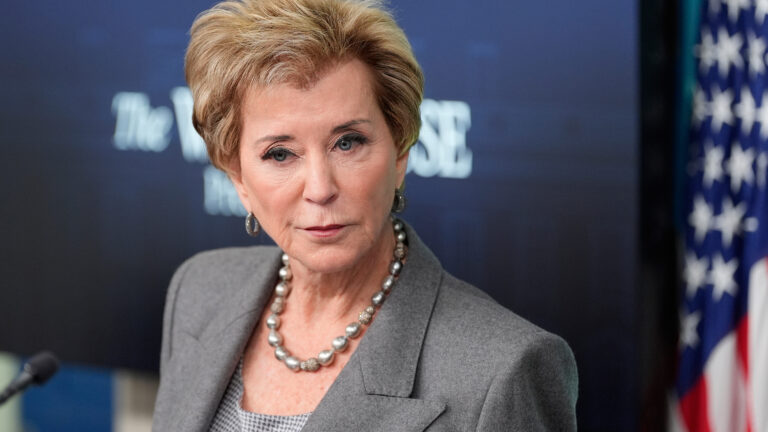
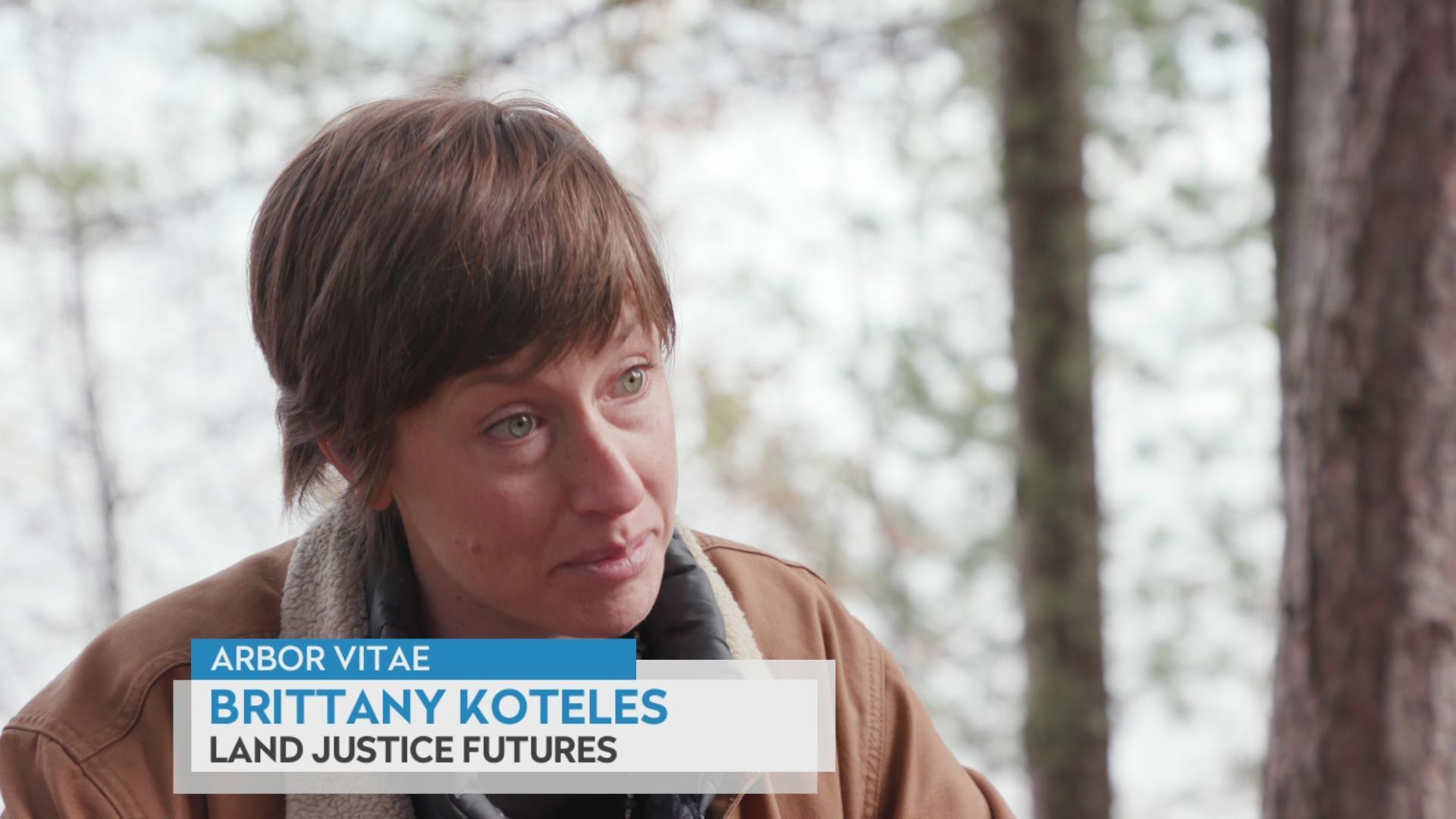
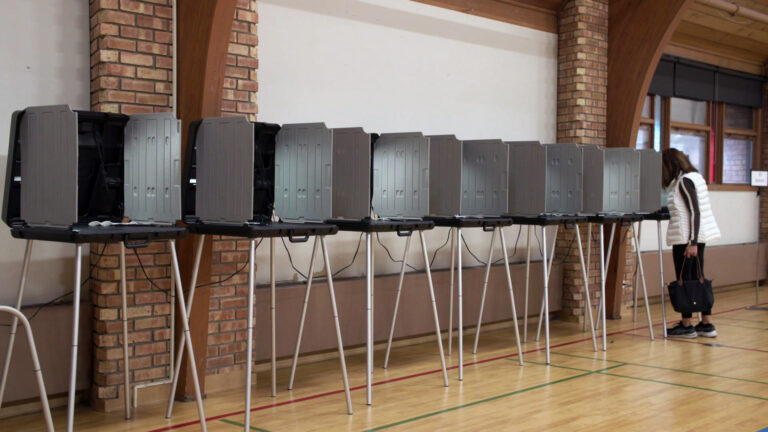
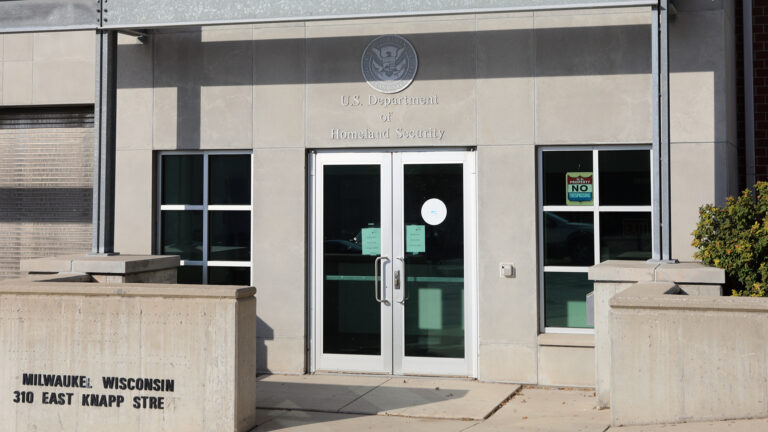

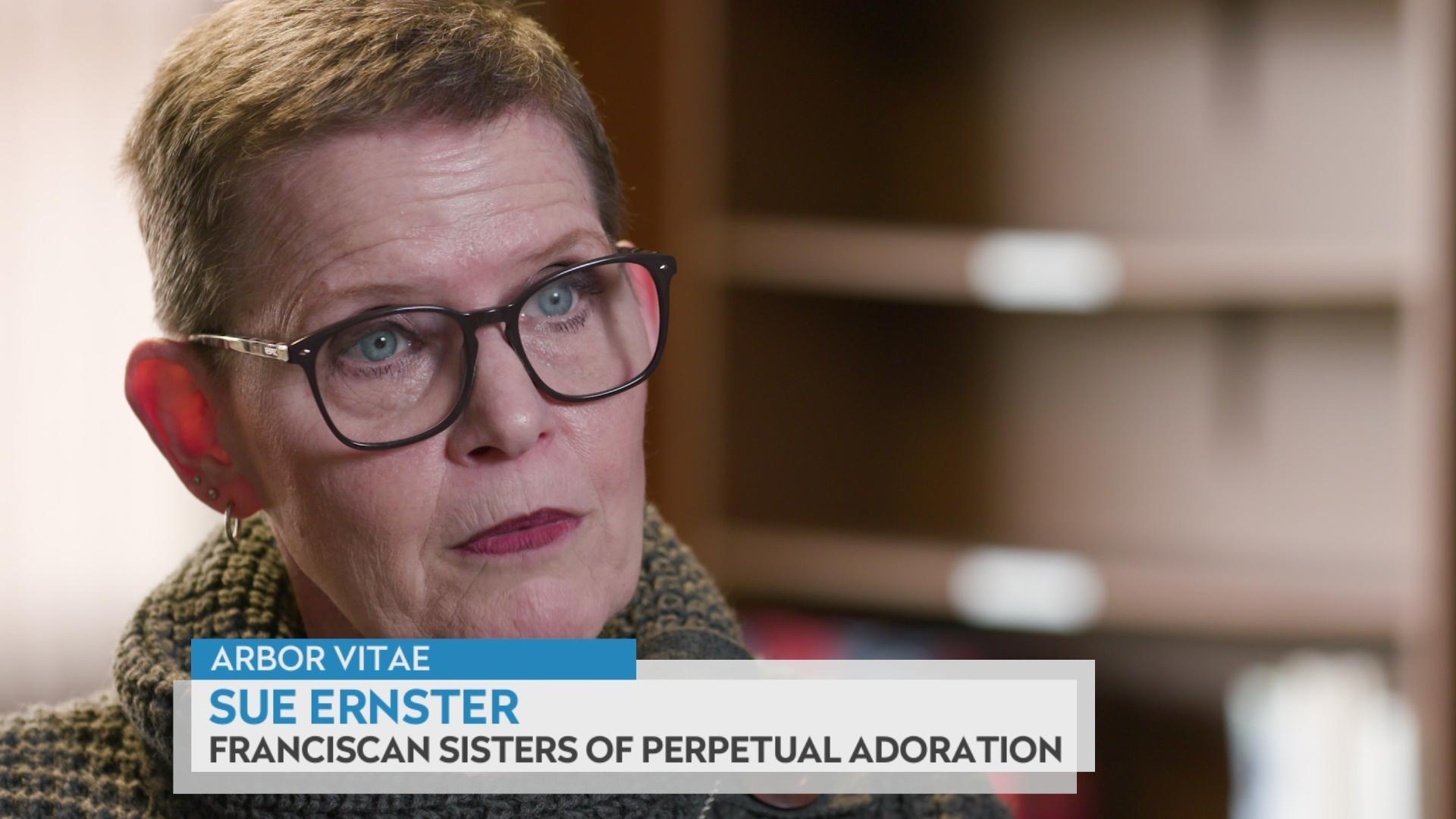

Follow Us